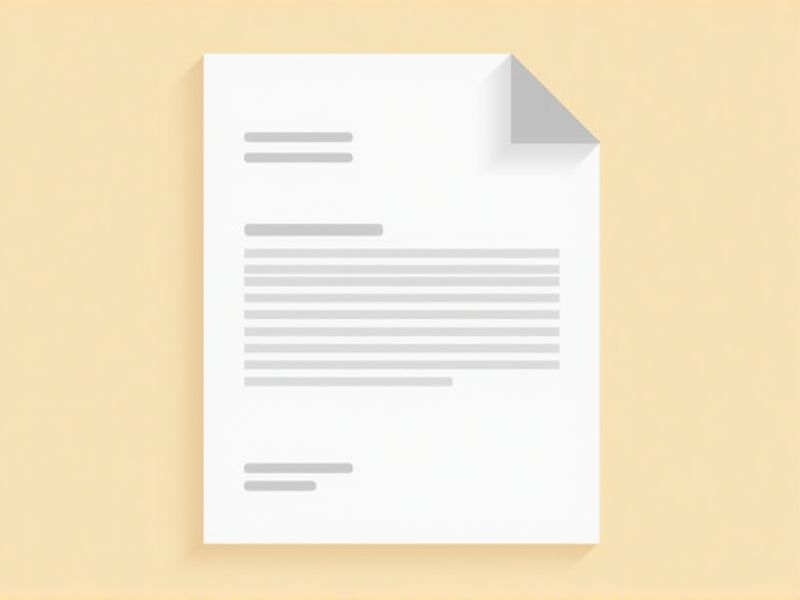
When writing a letter format for approval, it's important to be clear, concise, and professional to ensure your request is understood and granted promptly. Start with a formal greeting and introduction, stating the purpose of the letter. Clearly describe the item, project, or action you seek approval for, providing relevant details and justification. Maintain a polite tone throughout and conclude by expressing gratitude and a call to action. For your convenience and ease, check out the various approval letter templates available in this article to find the perfect format for your needs.
Samples of letter format for approval
Approval Letter Format For Business
Formal Approval Letter Format Sample
Request For Approval Letter Format
Approval Letter Format Template
Professional Approval Letter Format
Simple Approval Letter Format Guide
Approval Letter Format For Project
Internal Approval Letter Format Examples
Approval Letter Format For Funding
Standard Approval Letter Format
Approval Letter Format For Leave
Approval Letter Format For Proposal
Approval Letter Format For Contract
Approval Letter Format For Sponsorship
Written Approval Letter Format
Approval Letter Format For Expense
Approval Letter Format For Partnership
Approval Letter Format For Vendor
Approval Letter Format For Compliance
Detailed Approval Letter Format Structure
Important Things to Know when Writing Letter Format For Approval
Clear Subject Line
A clear subject line is essential in a letter format for approval as it immediately informs the recipient of the letter's purpose. This clarity helps to ensure that your request is recognized and prioritized, preventing any unnecessary delays in the approval process. By being straightforward and concise, you enhance the likelihood of your letter being read promptly. Remember, a well-defined subject line sets the tone for effective communication and demonstrates professionalism in your correspondence.
Proper Salutation
A proper salutation is essential in a letter format for approval, as it sets a respectful tone and establishes a professional relationship with the recipient. Begin with "Dear" followed by the recipient's title and last name, ensuring you use the correct honorifics such as Mr., Ms., Dr., or other relevant titles. If you are unsure of the recipient's gender or preferred title, opt for their full name to maintain professionalism. A well-crafted salutation not only enhances the overall presentation of your letter but also demonstrates your attention to detail.
Concise Introduction Stating The Purpose
A concise introduction should clearly state the purpose of your letter, setting the tone for the rest of the message. This section should quickly convey what you seek approval for, whether it's a project, budget, or policy change, ensuring the reader understands the context immediately. Keeping this introduction brief helps maintain clarity and engages the reader's interest without overwhelming them. Focus on articulating your request in a straightforward manner, allowing the subsequent details to elaborate effectively.
Detailed Body With Specific Approval Request
A well-structured letter format for approval includes a detailed body outlining your specific request clearly and concisely. This section should provide context to your request, including relevant background information and any necessary details that support your case. Ensure that you articulate the benefits of the approval and how it aligns with the goals of the recipient or organization. Your approach should foster understanding and encourage a timely response to your request.
Formal Closing With Contact Information
A formal closing is essential in a letter seeking approval, as it signifies professionalism and respect for the recipient. This closing typically includes phrases such as "Sincerely" or "Best regards," followed by your name and title. Including your contact information, such as phone number and email address, ensures that the recipient can easily reach you for any follow-up or clarification. Maintaining this structured format not only enhances the letter's credibility but also fosters clear communication.
